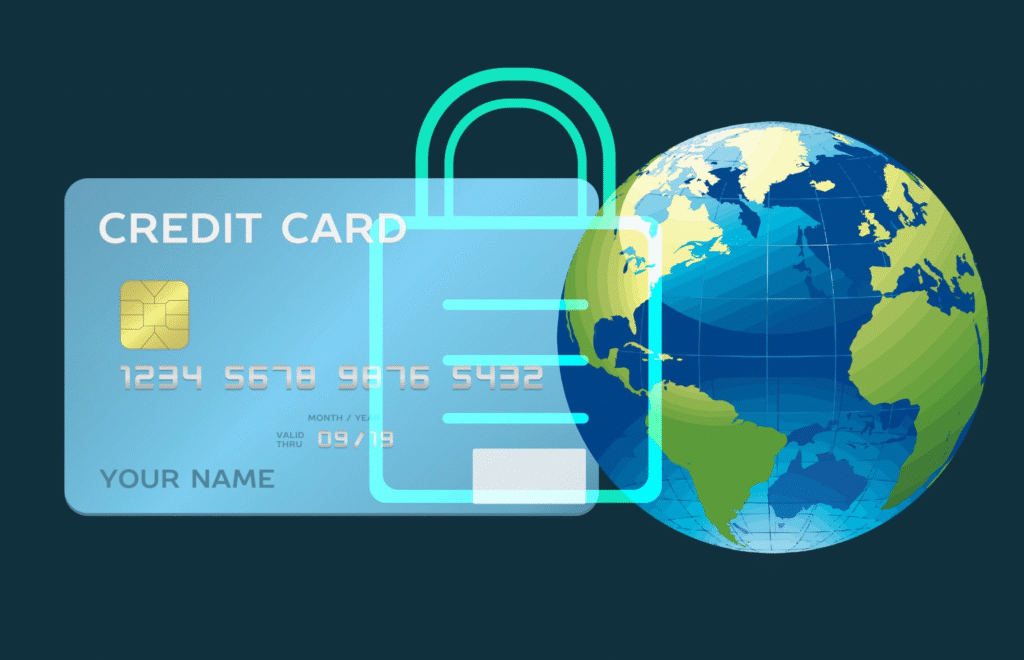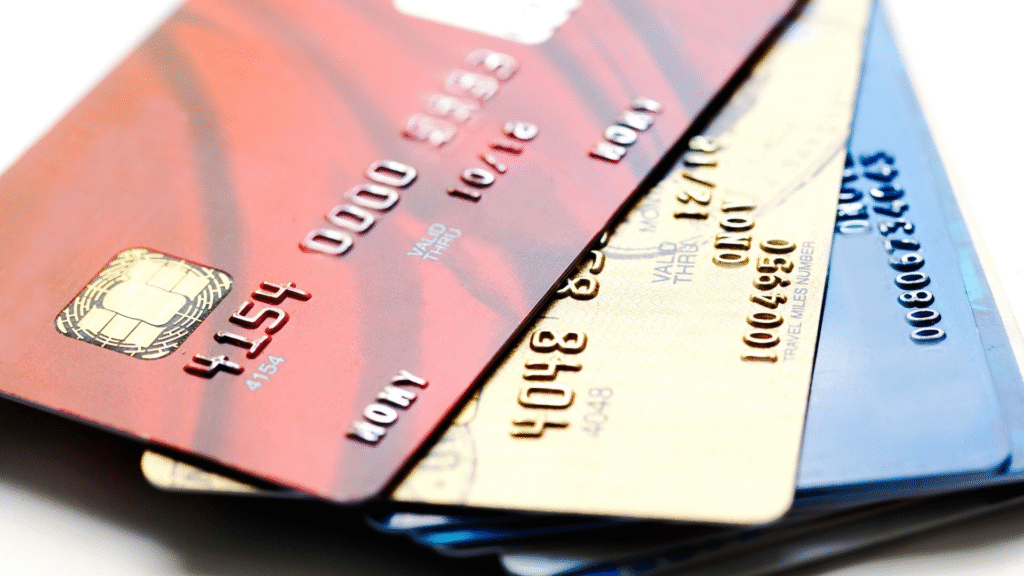Every year billions of dollars are lost through credit card fraud. Thieves utilize stolen card information to shop or steal money off victims. Identifying false credit cards assists banks, retailers, and consumers to remain secure. This is a combination of technology, data analysis, and manual reviews to identify when a transaction is fraudulent.
Why Fake Credit Card Detection Is Important
Fraud is detrimental to businesses and shoppers when it occurs. A bank might be forced to compensate the victim, as well as, the investigation expenses. A merchandise store losses merchandise and incurs charge back funds. Customers can become identity theft victims or their accounts can be frozen as the suspicious activity is investigated. Fake credit card detection stops these issues before they cause major damage. By catching fraud in real time banks and merchants can block bad transactions and protect customer trust.

How Detection Systems Spot Suspicious Behavior
Detection systems track each transaction in real time. They look for patterns that differ from a cardholder’s normal habits. For example if a shopper usually buys small items in one city and then suddenly buys very expensive goods across the ocean the system will raise an alert. The system may pause the purchase and ask the shopper to verify their identity. This simple check can save thousands of dollars in losses.
The rule based engines and machine learning are used by banks to score every transaction. A rule based engine uses predefined rules like blocking transactions of a particular amount within a specified small time. Machine learning models though require learning on past data to identify more obscure fraud patterns. They are able to adopt new techniques of fraud by re-training on new confirmed cases. Using both strategies will make the total defense stronger.
Role of Data in Fraud Prevention
Every transaction generates data such as purchase amount merchant location and device information. Fraud detection software collects this data and compares it to the poor cardholder profile. The software also looks at network data like IP address and browser details. If the purchase comes from a known proxy server the risk score will rise. This helps catch fraudsters who mask their true location.
Beyond this digital data some systems also use social details. Linking a phone number or email address to a known fraud database helps block criminals who reuse stolen contacts. All these data points form a digital fingerprint for each user. Unusual behavior stands out against the fingerprint.
User Authentication Measures
Strong authentication prevents a criminal from using a stolen card alone. Multi factor authentication asks the shopper for a one time code sent by text or generated by an app. Biometric checks like fingerprint or facial recognition add further proof that the real cardholder is present. Retailers may also ask for photo ID in person to match the cardholder’s face to the card photo. These steps can slow fraud attempts and give shoppers peace of mind.
Machine Learning in Fraud Detection
Machine learning models train on data from millions of past transactions. They learn to spot fraud by finding patterns in variables such as timing amount and merchant type. As fraudsters change tactics the models update to catch new tricks. This adaptive quality makes machine learning very powerful for fraud detection.
Banks carefully validate these models to avoid false positives. If a real shopper is blocked too often they lose trust and may switch banks. Balancing security and convenience is key. Models with too many alerts create friction at checkout. Models that miss fraud cause losses. Ongoing tuning of machine learning systems keeps this balance.
Real Time Monitoring and Alerts
Effective fake credit card detection acts within seconds of a purchase attempt. Real time monitoring means the merchant or bank can block or approve before the transaction completes. Alerts notify fraud teams to review flagged transactions. Some systems automatically freeze the account until the shopper confirms the transaction. This prevents fraud from progressing further.
Chargebacks and Post Transaction Analysis
When fraud does slip through it can be caught later in chargeback disputes. A chargeback forces the merchant to return the money after proof of fraud. Post transaction analysis helps fraud teams find gaps in their defenses. They study how the fraud occurred and adjust rules and models to prevent repeats. Chargebacks also provide data to improve future detection.
Protecting Consumers and Merchants
Consumers can help by keeping their cards and devices secure. Using strong passwords monitoring account statements and reporting lost cards immediately reduces risk. Merchants must keep their payment systems up to date and use fraud detection tools from reliable providers. They should also train staff to spot suspicious orders and customer behavior.

Future of Fake Credit Card Detection
As fraudsters adopt new methods such as AI driven card testing banks and retailers will need to keep pace. Future detection may use more behavioral biometrics like typing speed and navigation patterns. Cooperation among financial institutions to share fraud data will help close loopholes. Standards for secure digital payments such as tokenization will also raise the bar for criminals. Fake credit card detection is an ongoing effort that relies on technology data and human insight. By combining real time monitoring strong authentication and advanced analytics the payments industry can stay ahead of fraud and protect everyone involved.





